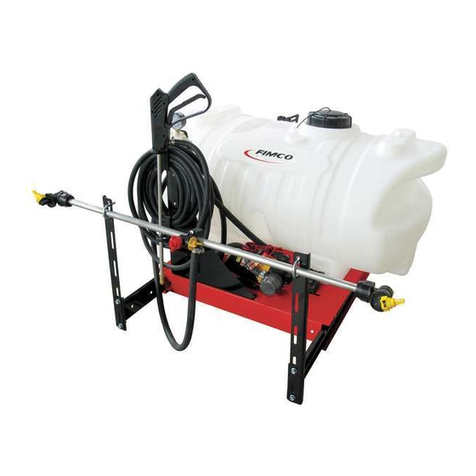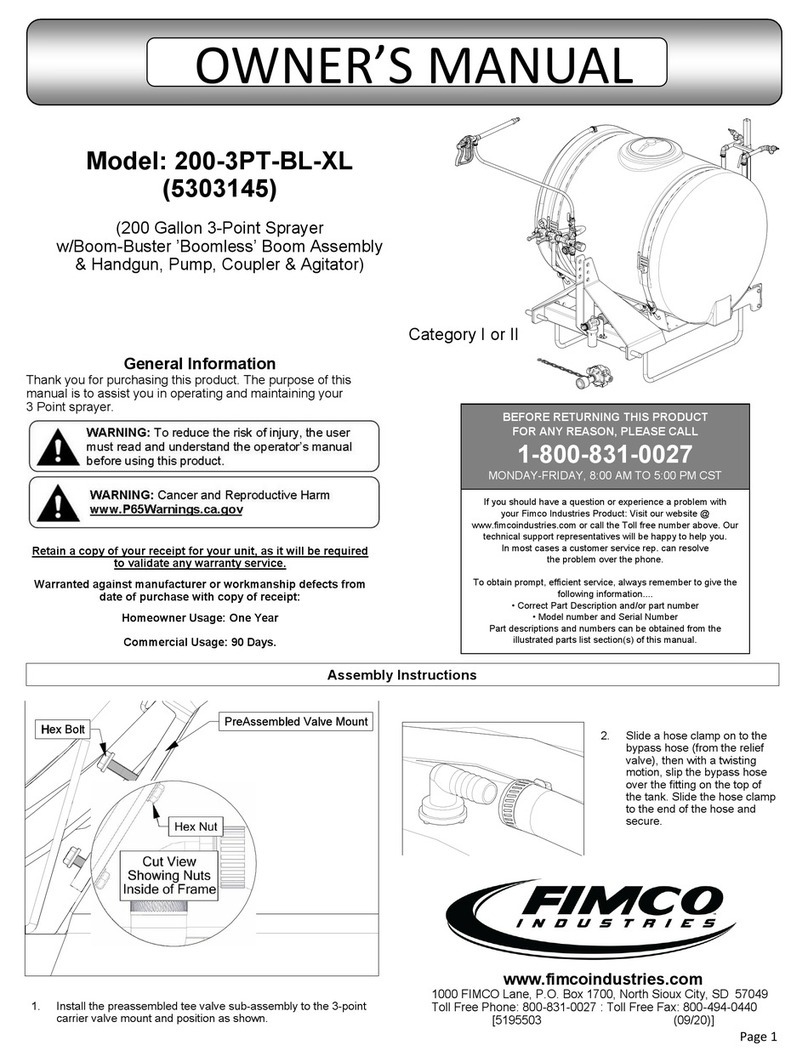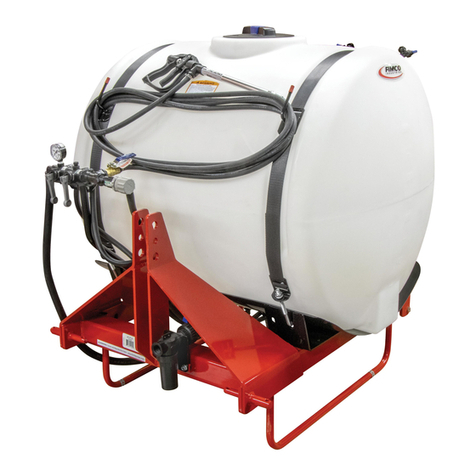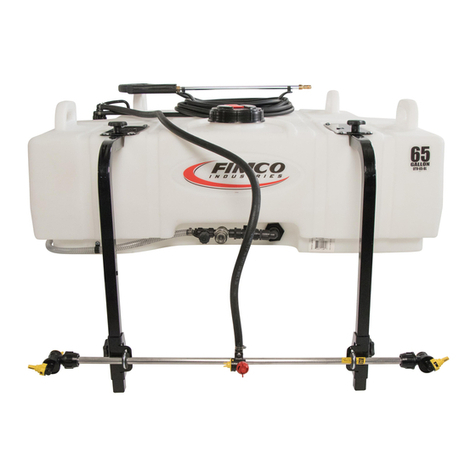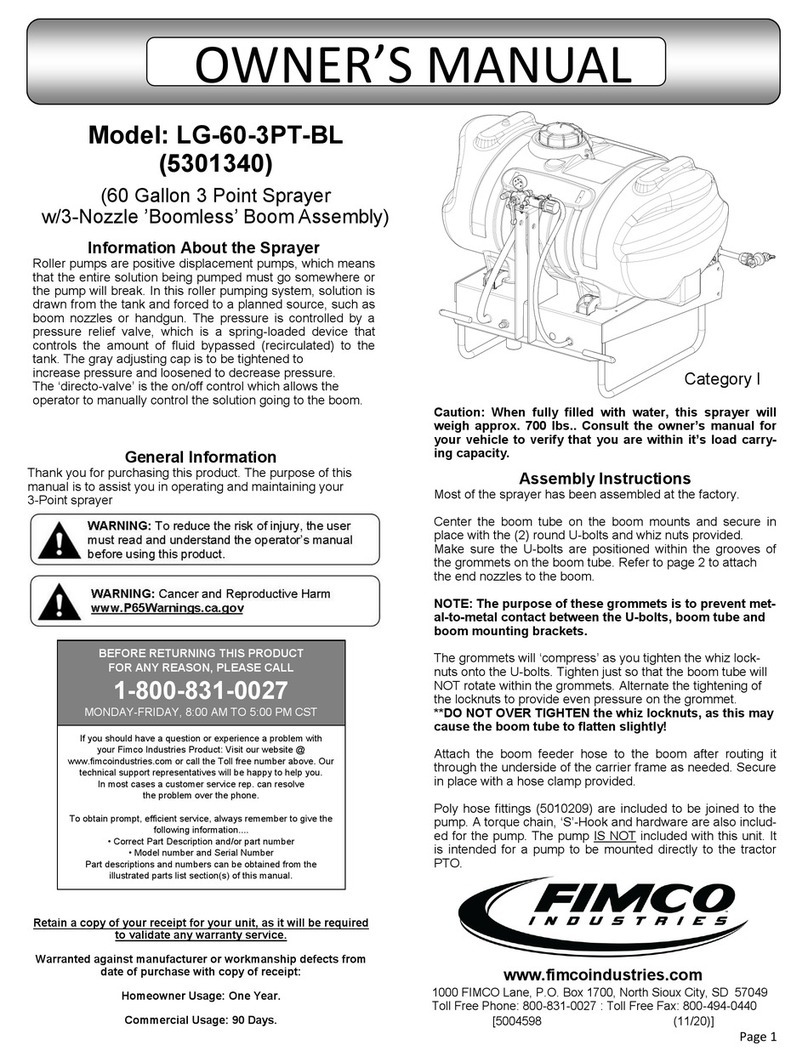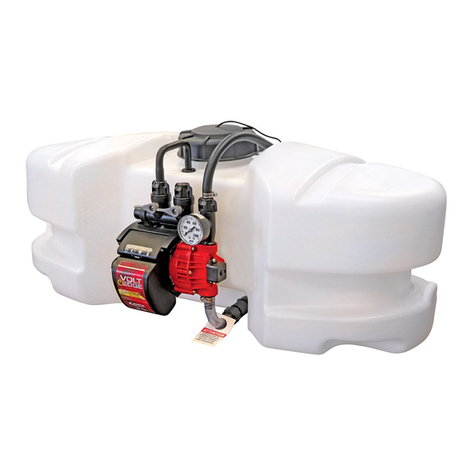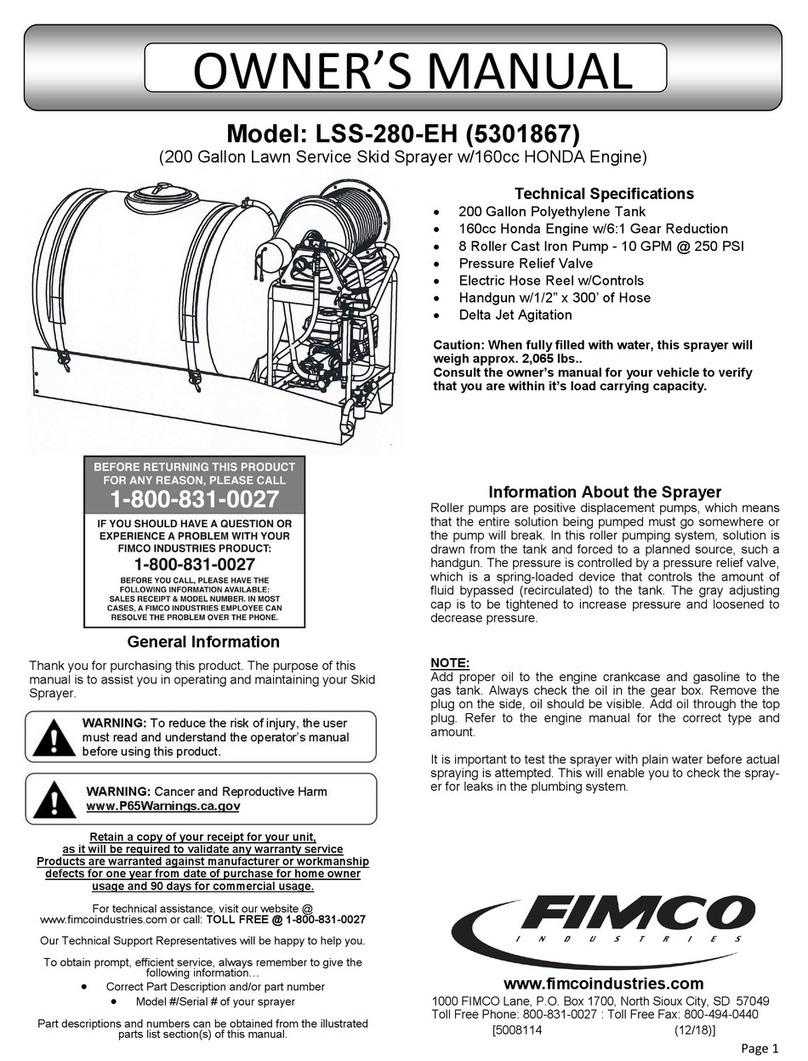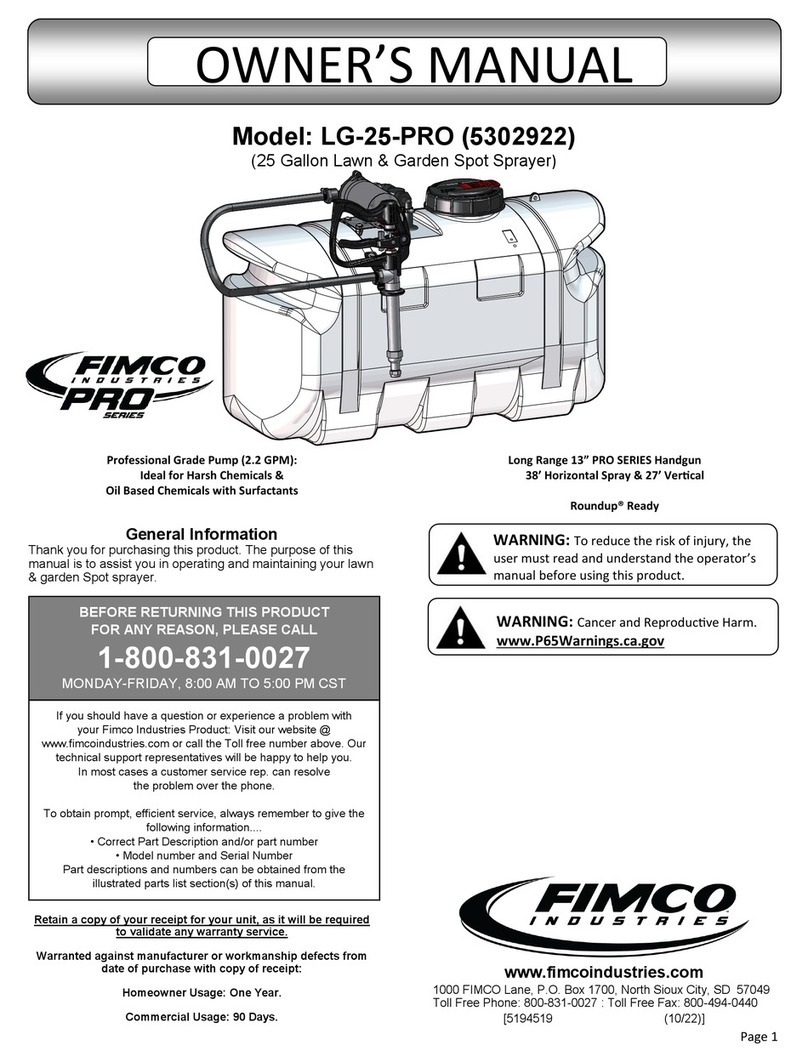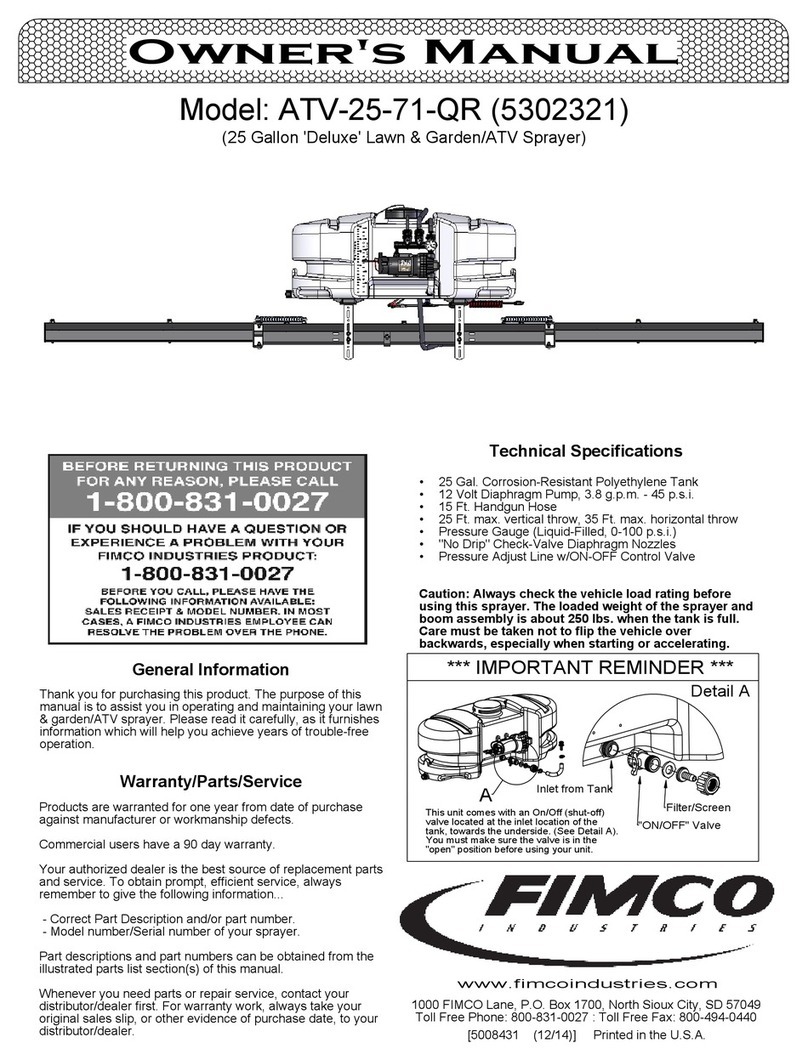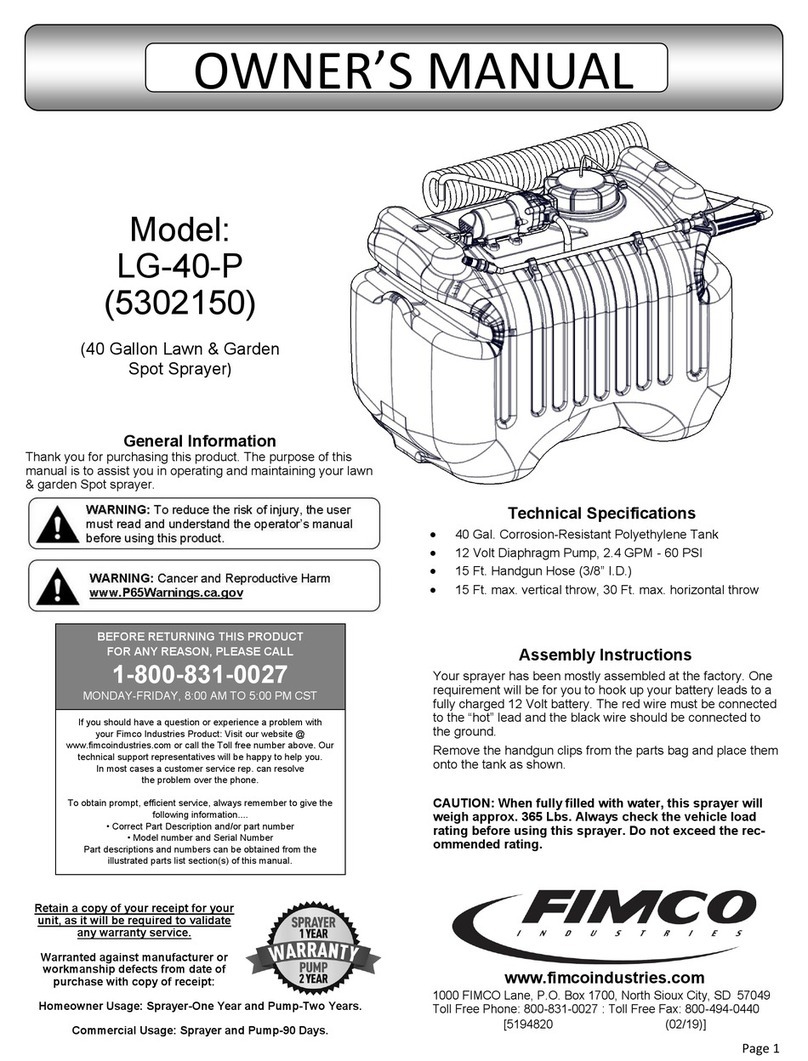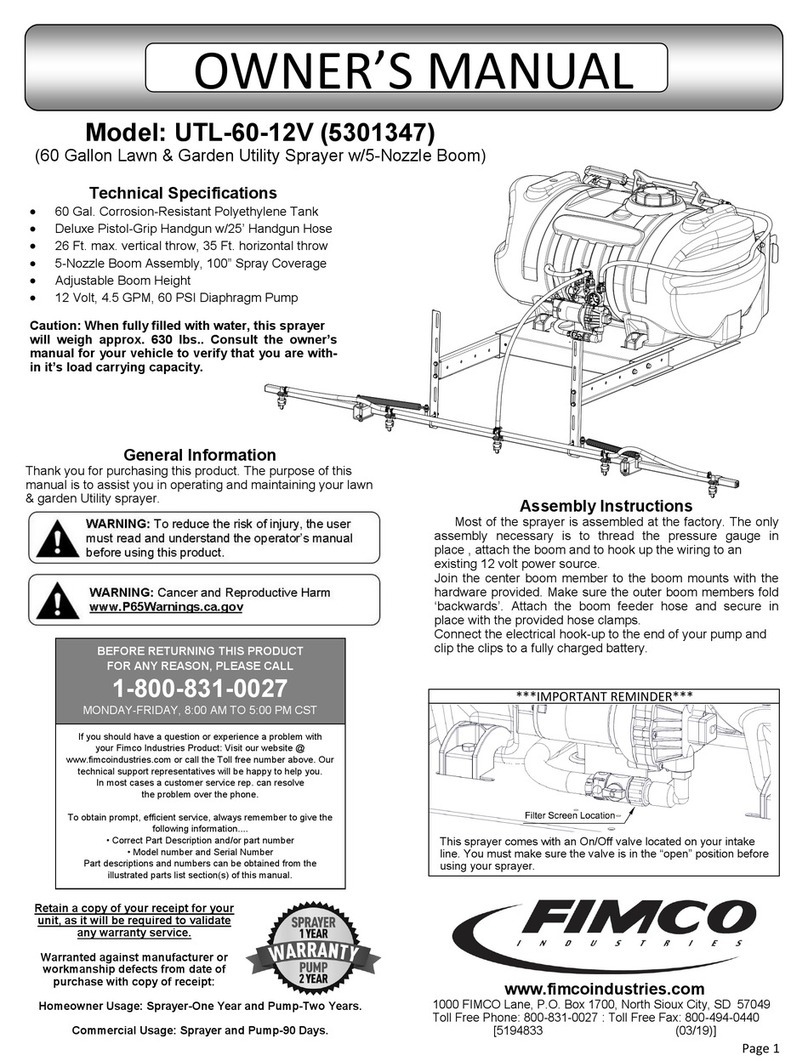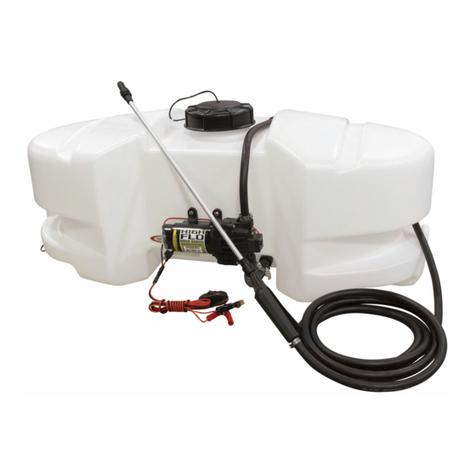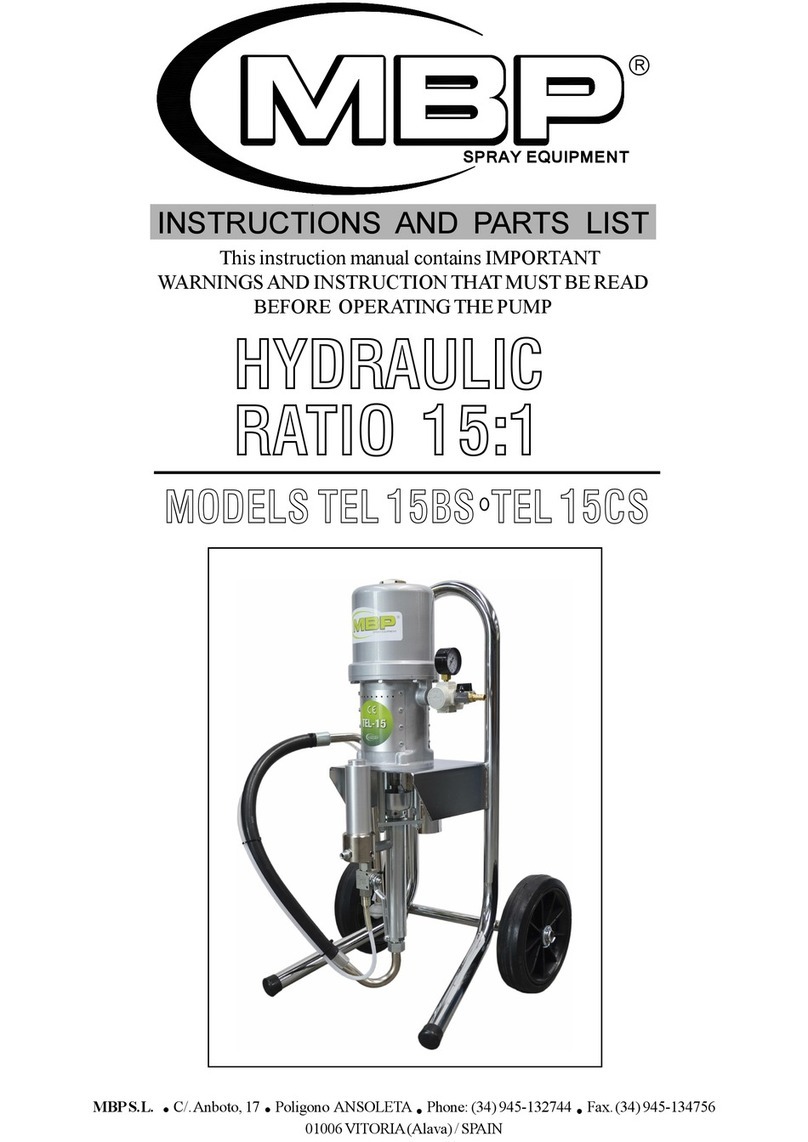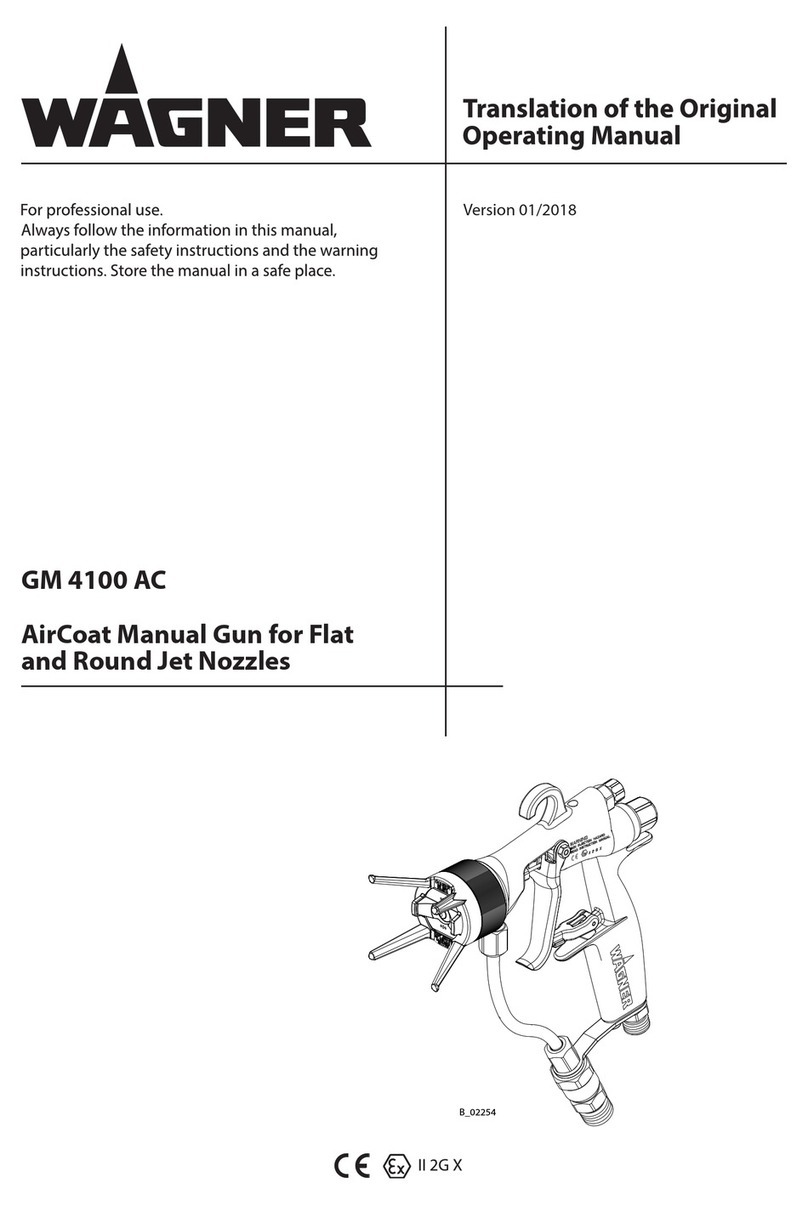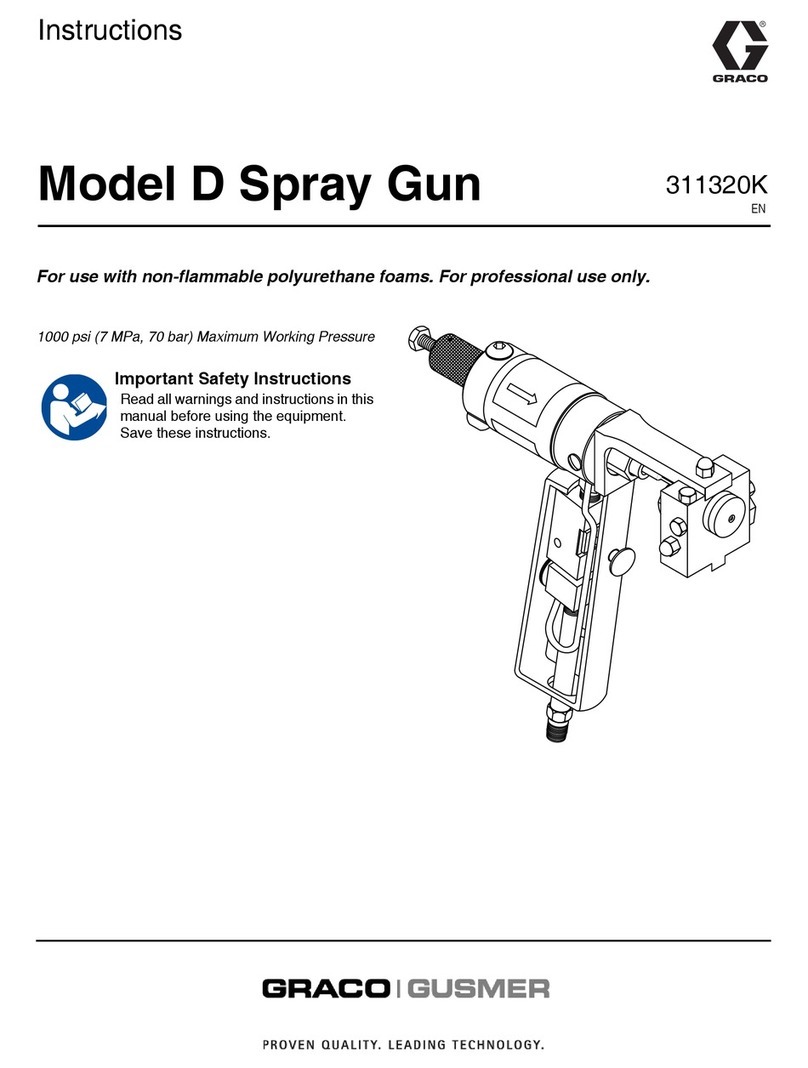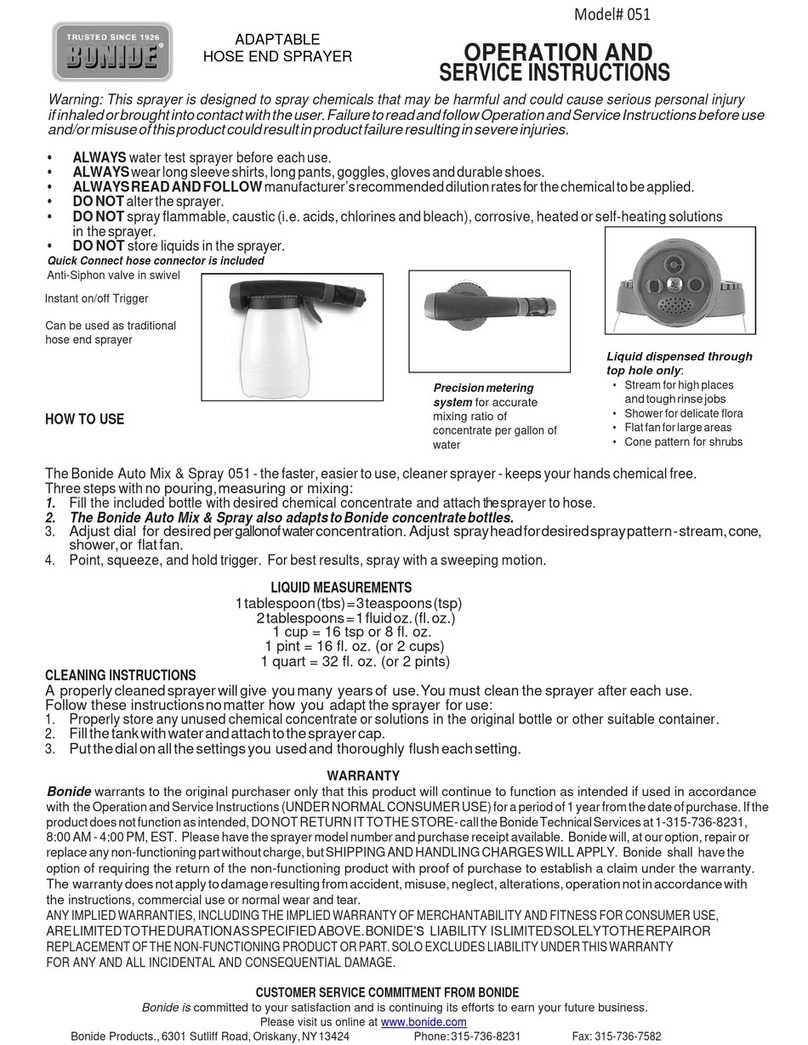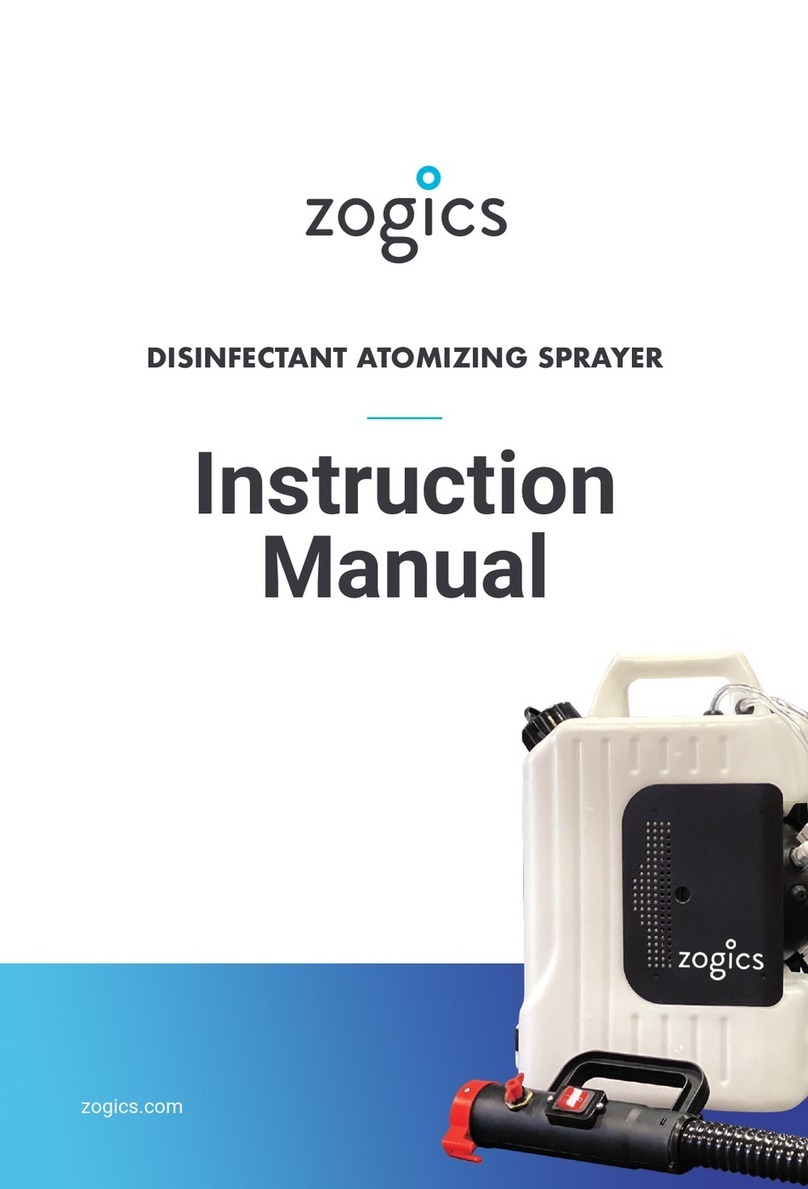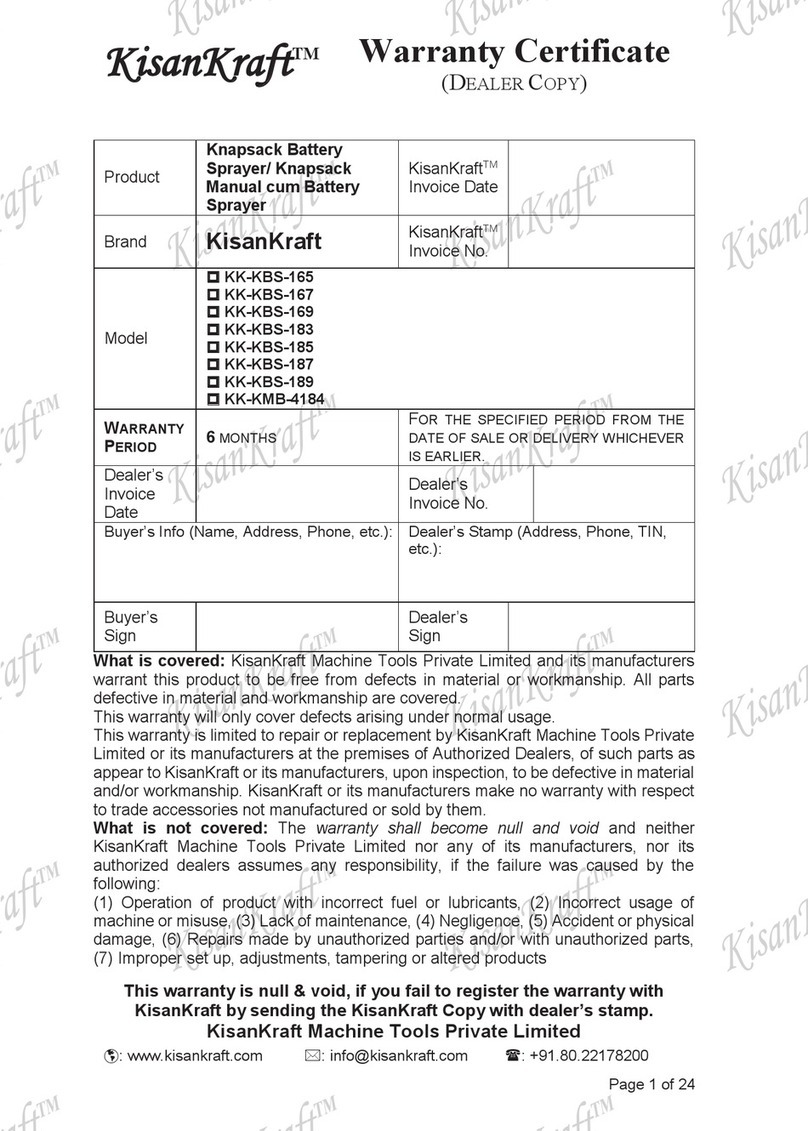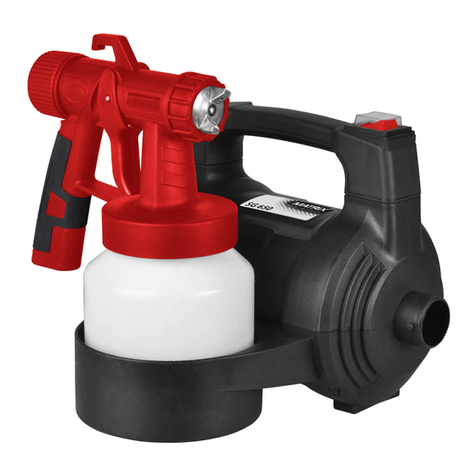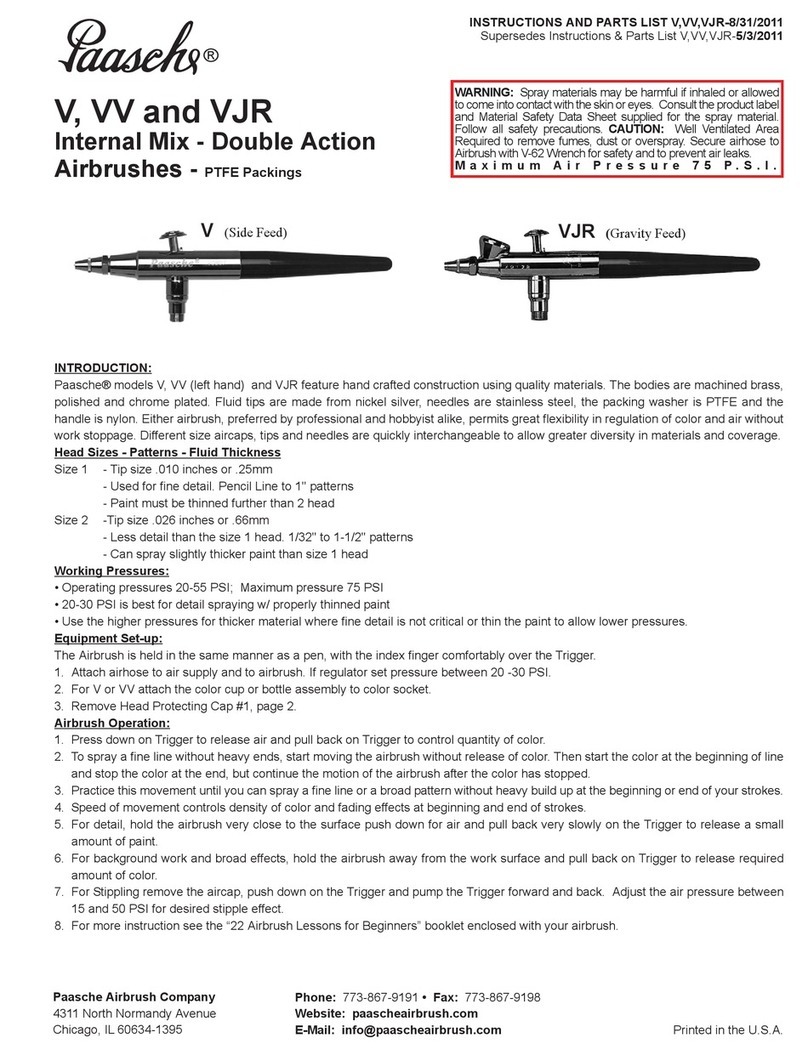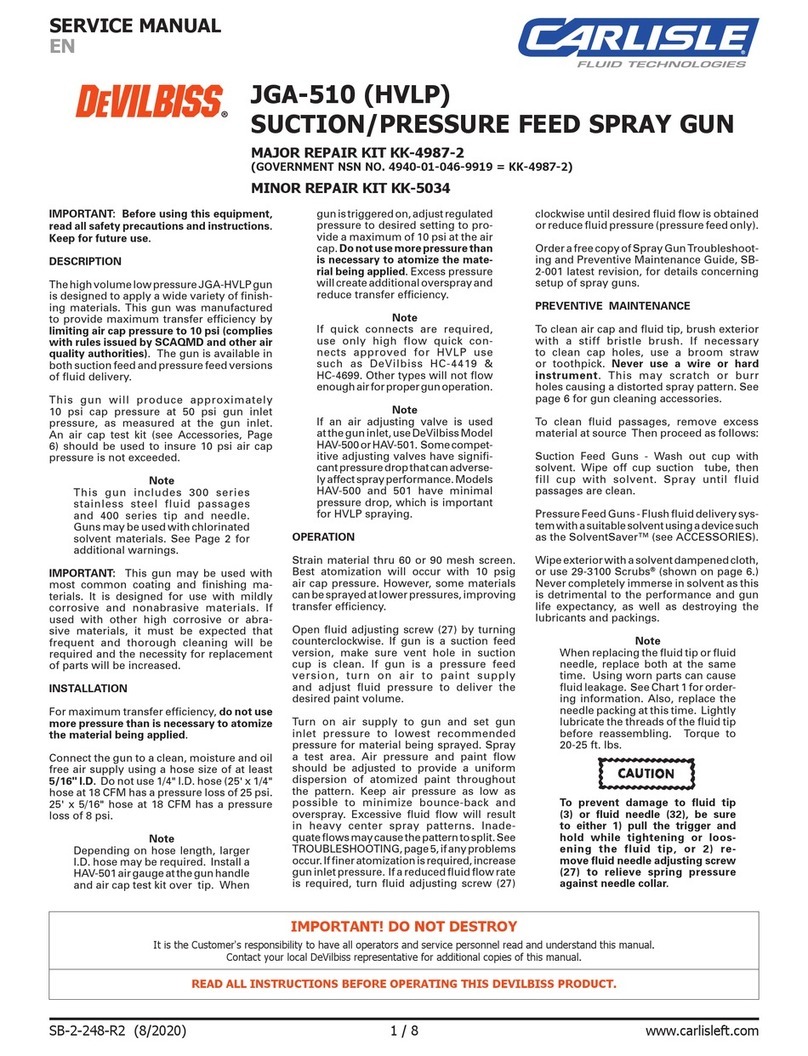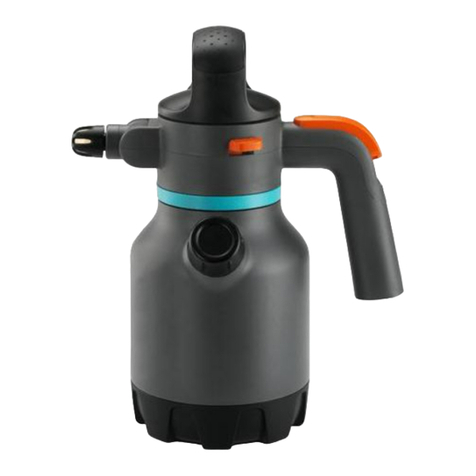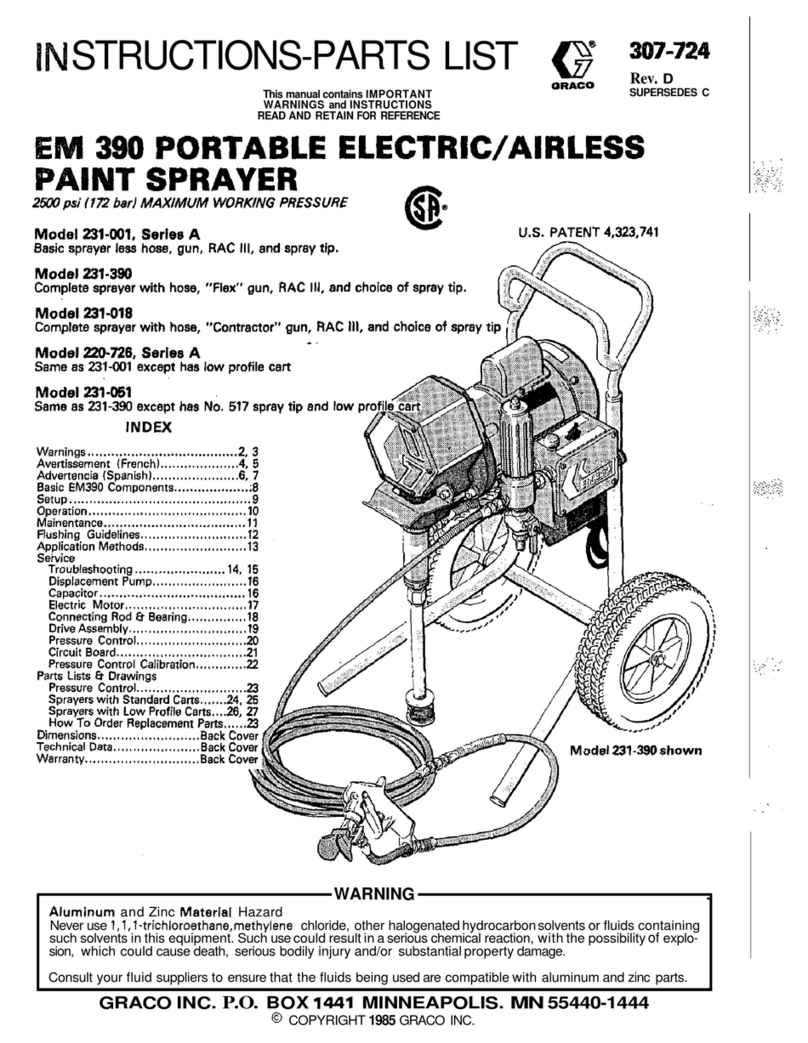Page 6
Information About the Sprayer
Roller pumps are positive displacement pumps, which means that the entire solution being pumped must go somewhere
or the pump will break. In this roller pumping system, solution is drawn from the tank and forced to a planned source,
such as boom nozzles or handgun. The pressure is controlled by a pressure relief valve, which is a spring-loaded device
that controls the amount of fluid bypassed (recirculated) to the tank. The gray handle is to be tightened to increase
pressure and loosened to decrease pressure.
The ‘directo-valve’ is the on/off control which allows the operator to manually control the solution going to the boom.
Testing the Sprayer
Attach the sprayer to the tractor 3 point hitch. Mount the pump to the PTO and affix the torque chain. Open the tank lid
and be sure the tank is clean and free of foreign material.
NOTE: It is VERY important to test the sprayer with plain water before actual spraying is attempted. This will enable you
to check for leaks without the possibility of losing any expensive chemicals.
Fill the tank about 1/2 full with plain water.
Before starting, open the suction line valve (located underneath the
carrier frame), turn the relief valve handle out to lower the line
pressure. This will help prime the pump.
CAUTION:
Always be sure that the water (or solution) has reached the pump
before starting your sprayer. If the pump is allowed to run dry,
serious damage to the pump will result.
Always have the pressure line open to the tips so that the air which may be trapped in the line will be forced (or purged)
out.
Start the tractor PTO. Check the entire system for leaks. Once the pump is primed, the pressure may be increased by
turning the handle of the pressure relief valve in. Keep the pressure line open to the tips when setting the pressure. Set
the pressure and then lock the relief valve handle in place. Shut off the directo-valve and check for leaks again. Pressure
will increase when the pressure line valve is closed and then return to the preset pressure when the valve is opened
again.
During the testing period, be sure to observe the spray pattern given by the spray nozzles. If there is any pattern
distortion, it will be necessary to remove and clean the affected tips.
Caution: Never use a metal object or other sharp item for cleaning a nozzle tip. It is better to use a nozzle brush (NOT
wire brush) or compressed air for tip cleaning.
Conditions of weather and terrain must be considered when setting the sprayer. Do not spray on windy days. Protective
clothing must be worn in some cases
Be sure to read the chemical label(s) before application!
Operation & Calibration
The performance of any agricultural chemical depends upon the proper application.
The tips supplied as standard with the sprayer can be used for a wide variety of spraying applications. Other tip sizes
are available for different coverages. The speed and pressure charts shown indicate the rates can be changed
considerably by changing speed and pressure. The nozzles on the boom will spray a 140” wide swath. The proper
nozzle height is a minimum of 16”-18” above the object being sprayed. The pumping system draws solution from the
tank through the strainer/filter and to the pump. The pump forces the solution under pressure to the handgun and/or
boom nozzles.
• Activate the handgun by squeezing the handle lever
• Rotating the adjustable nozzle tip on the handgun will change the tip pattern from a straight stream to a cone pattern
(fine mist)
WARNING: Some chemicals will damage the pump valves if allowed to soak untreated for a length of time! ALWAYS
flush the pump as instructed after each use. DO NOT allow chemicals to sit in the pump for extended times of idleness.
Follow the chemical manufacturer’s instructions on disposal of all waste water from the sprayer.
When you are ready to spray, mix chemicals as follows. Add the proper amount of water to the tank. Run the sprayer
while adding chemical to the water.
Only fill the tank with what you’re going to spray in a day, never leave chemicals sit in tank.
Do NOT spray through the boom at this time. This will allow the solution to return (‘bypass’) to the tank. The movement
of solution through the bypass will aid in mixing the water and chemicals. If this water movement is not enough to keep
the chemical in suspension, it may be necessary to add an optional agitator kit. You should now be ready to spray.
